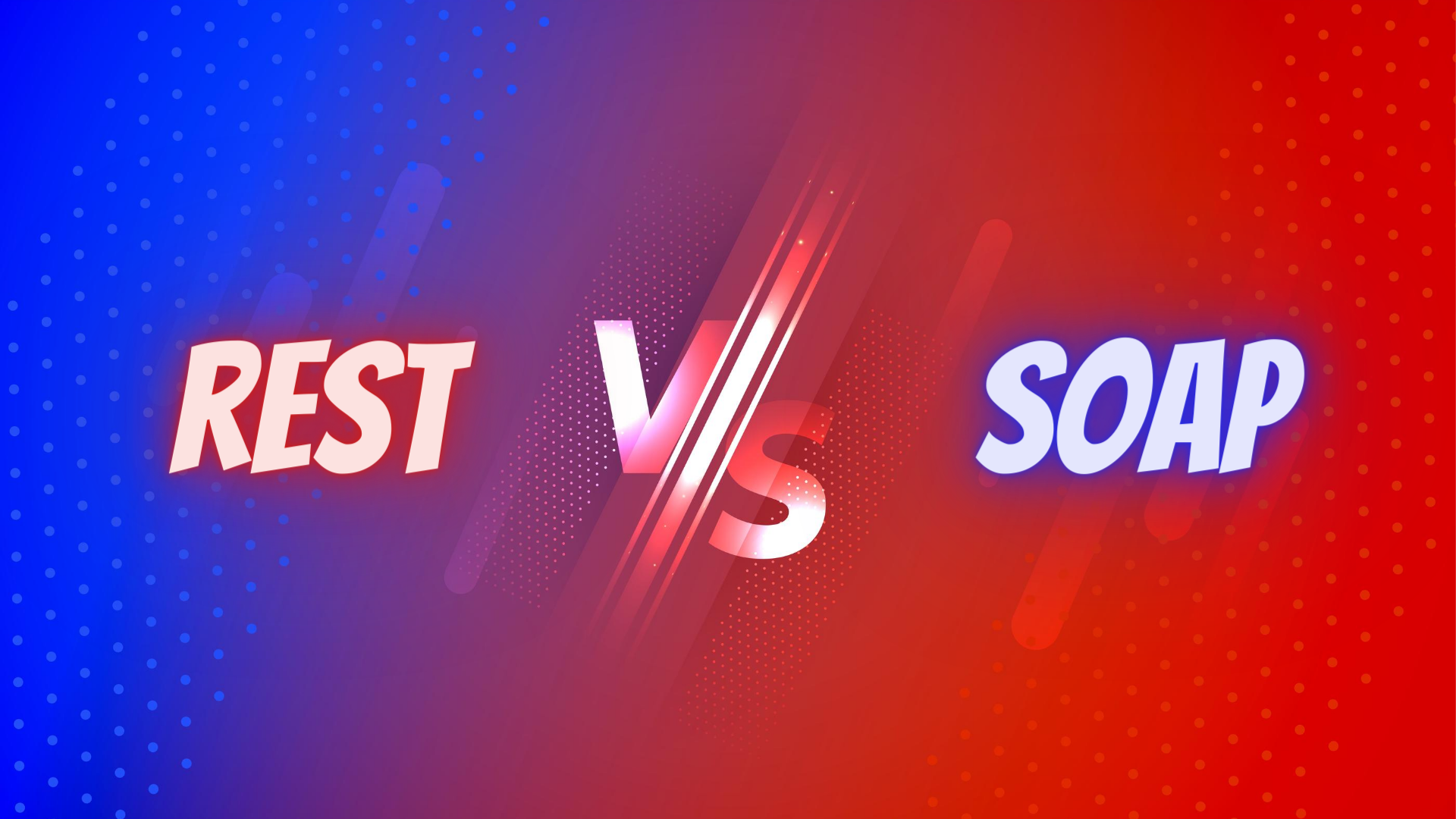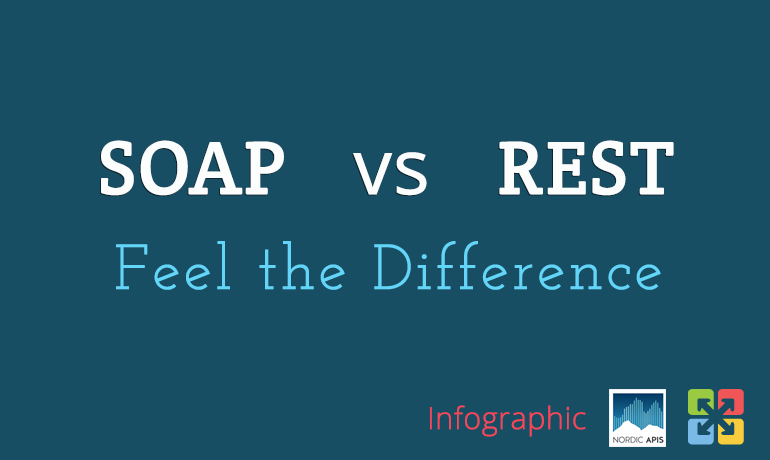


REST is a more data-driven architecture, whereas SOAP is a standardised protocol for sharing structured data that is more function-driven. Related: Essential Web API Interview Questions And Example Answers REST APIs access a resource, whereas SOAP APIs perform an operation Instead, a REST API exposes the uniform resource locator (URL) for users and a post request to that URL creates a user. A SOAP API that exposes functionality to create a user, for example, might include a function called CreateUser in the SOAP body. You develop REST APIs after the data, whereas you can create SOAP APIs after the API's functionality. SOAP employs a service interface to expose specific portions of an application's business logic on a server, whereas REST uses uniform resource identifiers (URIs) to do the same. Here are some key differences between them: SOAP is a protocol, whereas REST is an architectural style Though both are API formats for accessing web services, both have some pros and cons.

REST versus SOAP is an important decision developers make when creating application programming interfaces. In this article, we discuss the fundamental difference between REST and SOAP with examples, explore their advantages and outline some popular alternatives. If you plan to build a program that depends on web services, knowing the difference between REST and SOAP can help you decide the suitable API for your project. Both REST and SOAP (simple object access protocol) connect two applications via server-side data that are machine and human-readable. Representational state transfer (REST) has become the preferred choice for public application programming interfaces (APIs) and open-source work that allows other developers to connect and efficiently use the data.


 0 kommentar(er)
0 kommentar(er)
